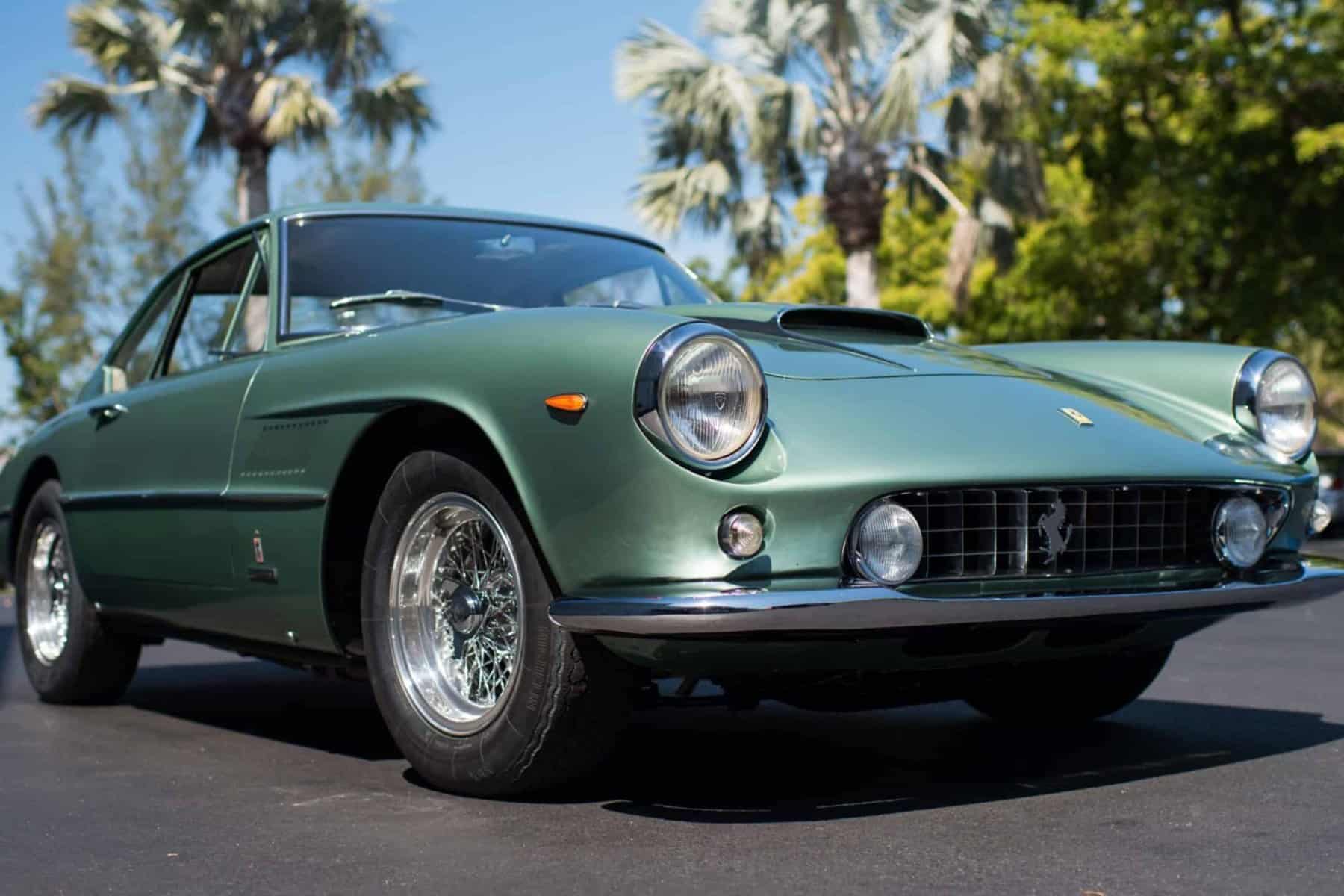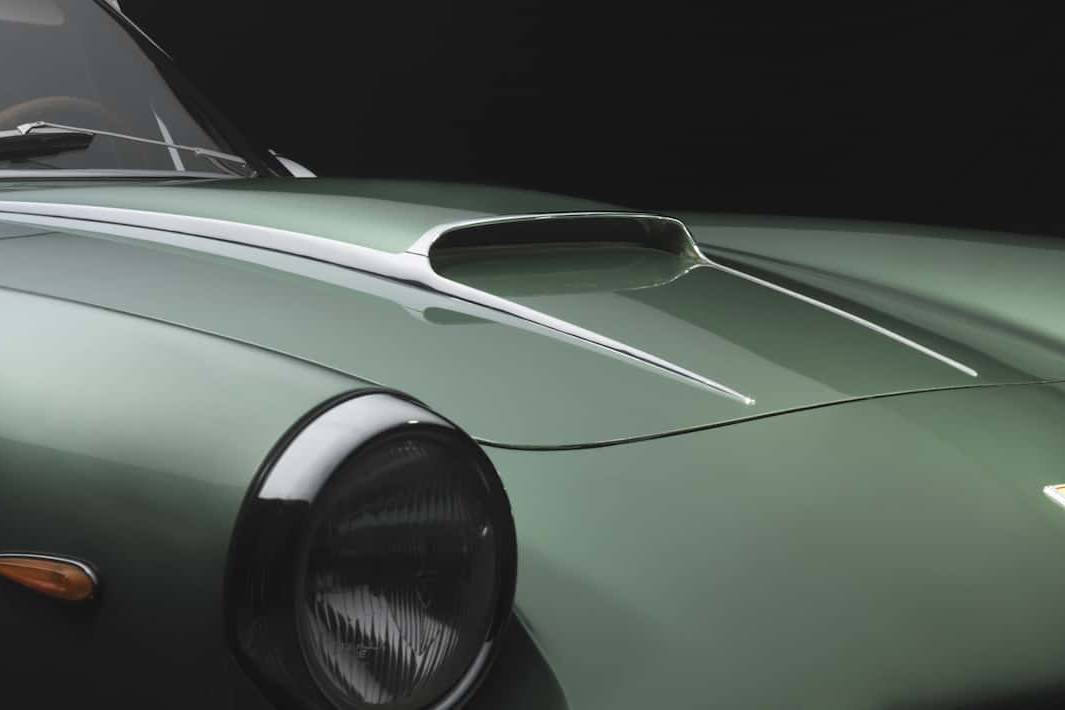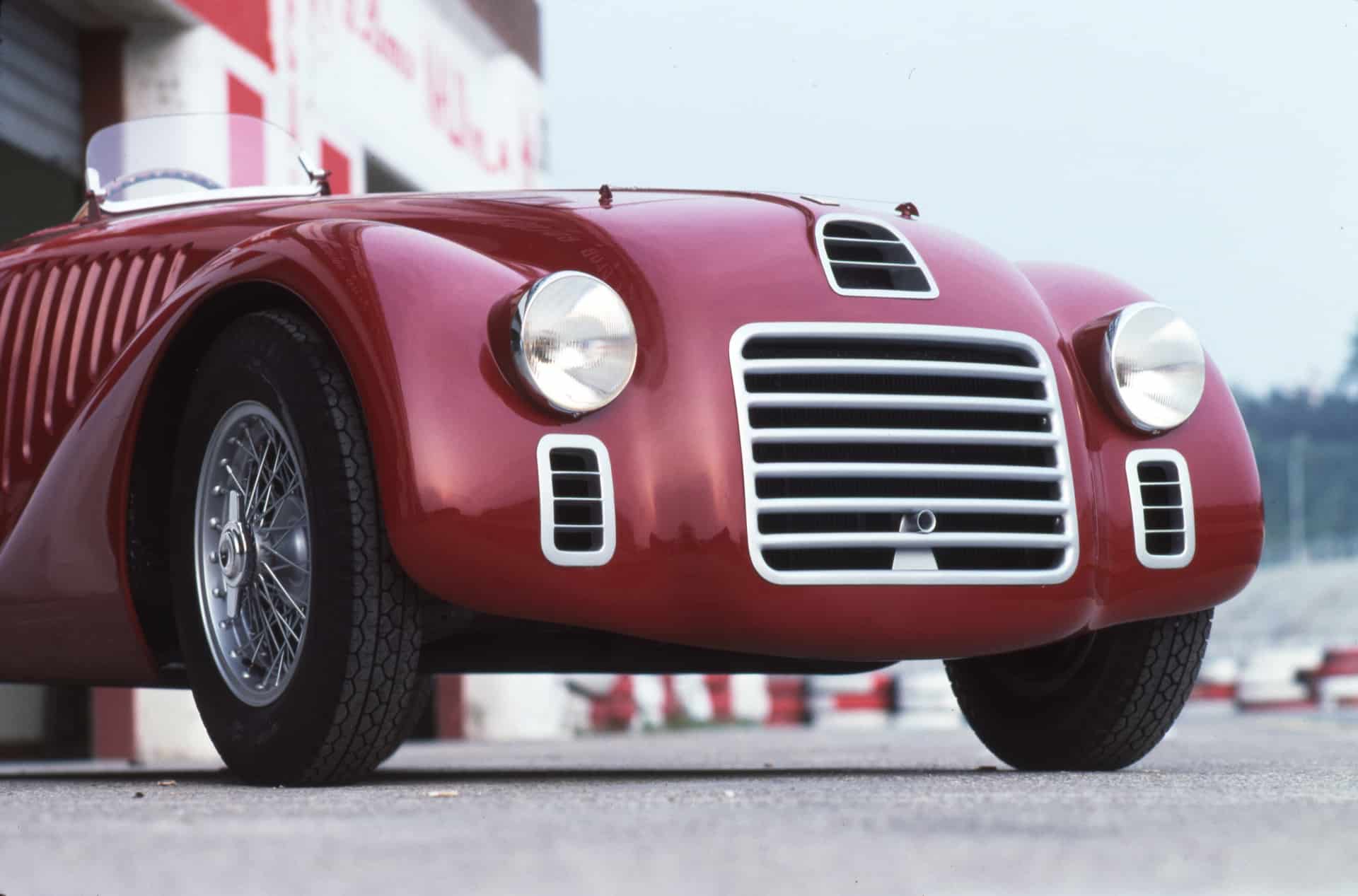
The First Ferrari: The Saga of the 125 C/125 S
The Ferrari marque started with an innovative race car whose V-12 engine displaced just 1.5-liters
BY: KARL LUDVIGSEN
PHOTOS: JOHN LAMM
“I came in for a great deal of criticism,” said Enzo Ferrari. “People said that I was bringing about my own downfall, the experiment being too daring and presumptuous.”
Italian racer Franco Cortese recalled that “several [people] forecast ‘He’s a nutcase. It will eat his money and finish him.’ ”
No wonder. In 1946, the news around Modena, Bologna and Milan — Italy’s hotbeds of racing — was that Enzo Ferrari, former sporting director of the Alfa Romeo racing team, was building a car with a 12-cylinder engine. Nothing new in that, you say. Many twelves had powered road and racing cars.
But Ferrari’s would have only a liter and a half of displacement! That displacement was suited to four-cylinder engines, the critics said, or sixes at the most — but certainly not a 12-cylinder. The pistons would be the size of thimbles!
There was method in Ferrari’s madness. The prewar 1.5-liter limit for supercharged voiturettes (small cars), the sub-Grand-Prix category, was being adopted for postwar Formula 1 racing, enabling cars so equipped to compete against nonsupercharged 4.5-liter cars. Equipped with a supercharger, a 1.5-liter V-12 could be just the ticket in a Ferrari single-seater.
In July of 1945, the idea took shape in Ferrari’s austere office at Maranello. The self-styled “agitator of men” met with swarthy, balding Gioachino Colombo, former Alfa Romeo engineer. It was, Colombo would write in his book “Origins of the Ferrari Legend” years later, “as if he were just picking up a conversation where it had been left off.”
The book continues:
“Colombo,” Ferrari said, “I want to go back to making racing cars. What do you say: How would you propose to make a fifteen-hundred?”
“Listen,” he replied, “Maserati has a first-class four-cylinder; the English have the six-cylinder ERA and Alfa Romeo has the eight-cylinder. In my view, you should be building a 12-cylinder!” Ferrari’s smile confirmed to Colombo that he’d assessed the entrepreneur rightly.

“For years I’ve been dreaming of building a 12-cylinder,” Ferrari said. “Let’s get to work straight away!”
Colombo’s engine, which was not supercharged, was nonetheless a brilliant melange of the exotic and the proven. The valves, vee-inclined to accommodate hemispherical combustion chambers, were opened by rocker arms and a single overhead camshaft atop each bank of cylinders. Writing that he “kept in mind certain experiences in the world of motorcycling which interested me,” Colombo closed the valves with compact and efficient hairpin valve springs instead of the usual coils. The light weight and simplicity of the hairpin springs started a craze that would sweep Formula 1.
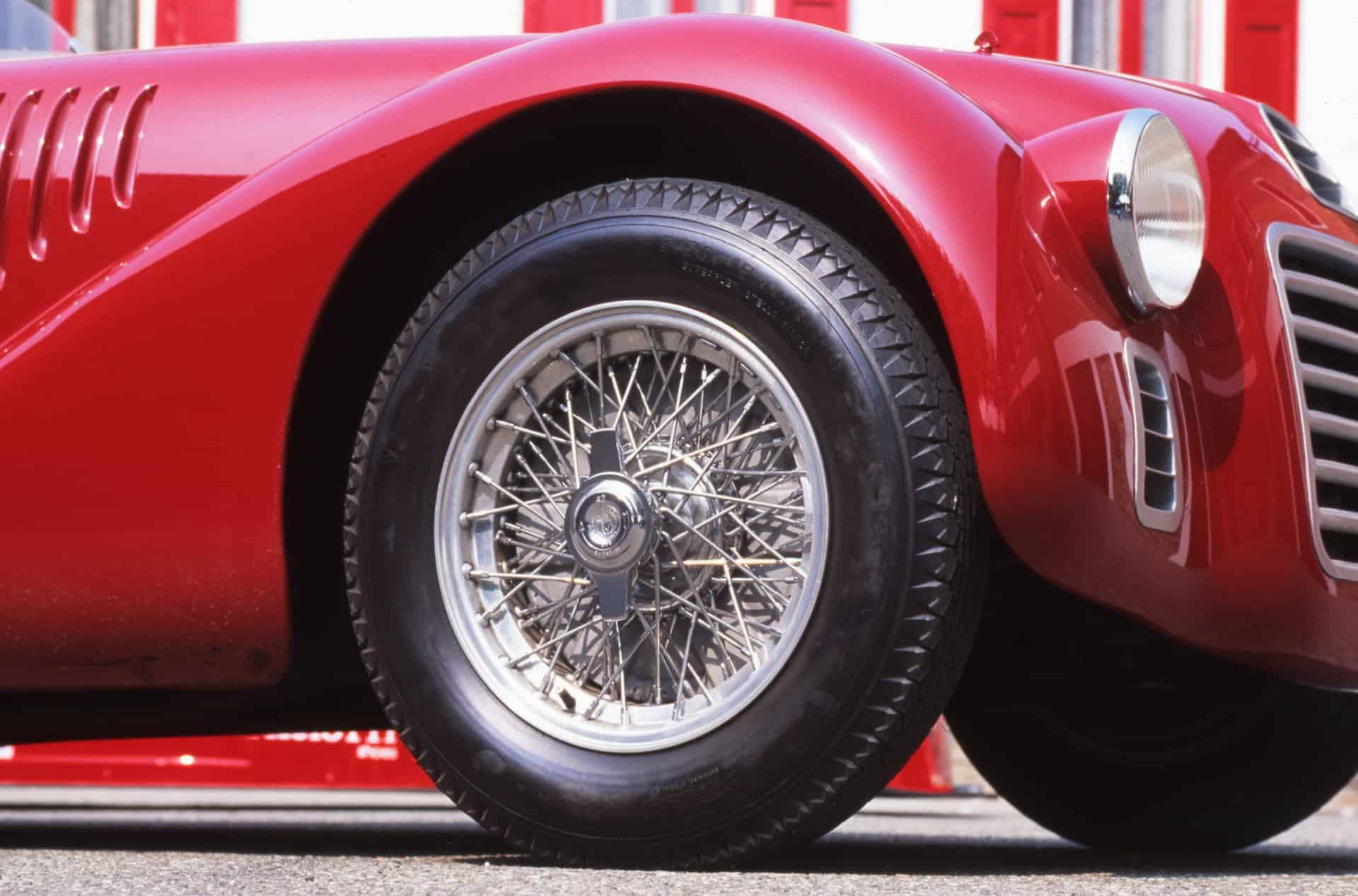

Gioachino Colombo’s chassis for this adventurous engine was relatively sedate with a live rear axle and independent front wheels, both using leaf springs. First to use the V-12 was a sports-racer with an aluminum body by, it is thought, the Turin coachbuilding company Rocco Motto. Fully enveloping, it had a pugnacious aura that suited the character of its builder.
Road trials without a body were launched by Enzo himself on March 12, 1947. With triple carburetion for the 125 C (the “C” standing for Corsa – or racing – and 125 for the displacement of each cylinder), its output was 118 horsepower at 6,800 r.p.m. on a compression ratio raised from 7.5:1 to 9.5:1, which required special fuel. Its redline of 7,000 r.p.m. was very high for that time. Aiding the radical engine was a five-speed gearbox, another novelty.
“You had to pay very close attention to the revs with this engine,” said Cortese, the first man to race it. “It was a somewhat different engine, one that went up to speed very quickly. This twelve was like an electric motor. It revved so easily that you always had to be on your guard. You had to drive with your head…and with your eye on the tachometer.”
On May 11, 1947, only two months after this new Ferrari first ran, it was raced at Piacenza. A faulty fuel pump retired it. That year, the 12-cylinder Ferraris “took part in 10 races,” Colombo wrote of the 1947 season. “They won six of them, were second in one and had to withdraw from three.”
It was second time lucky with victory for Cortese and the 125 C over 85½ miles of Rome’s Caracalla road circuit on May 25, 1947. Competing in a race for 1,500cc cars, Cortese — who had been racing for 20 years — easily took the measure of the hitherto-dominant Maseratis.

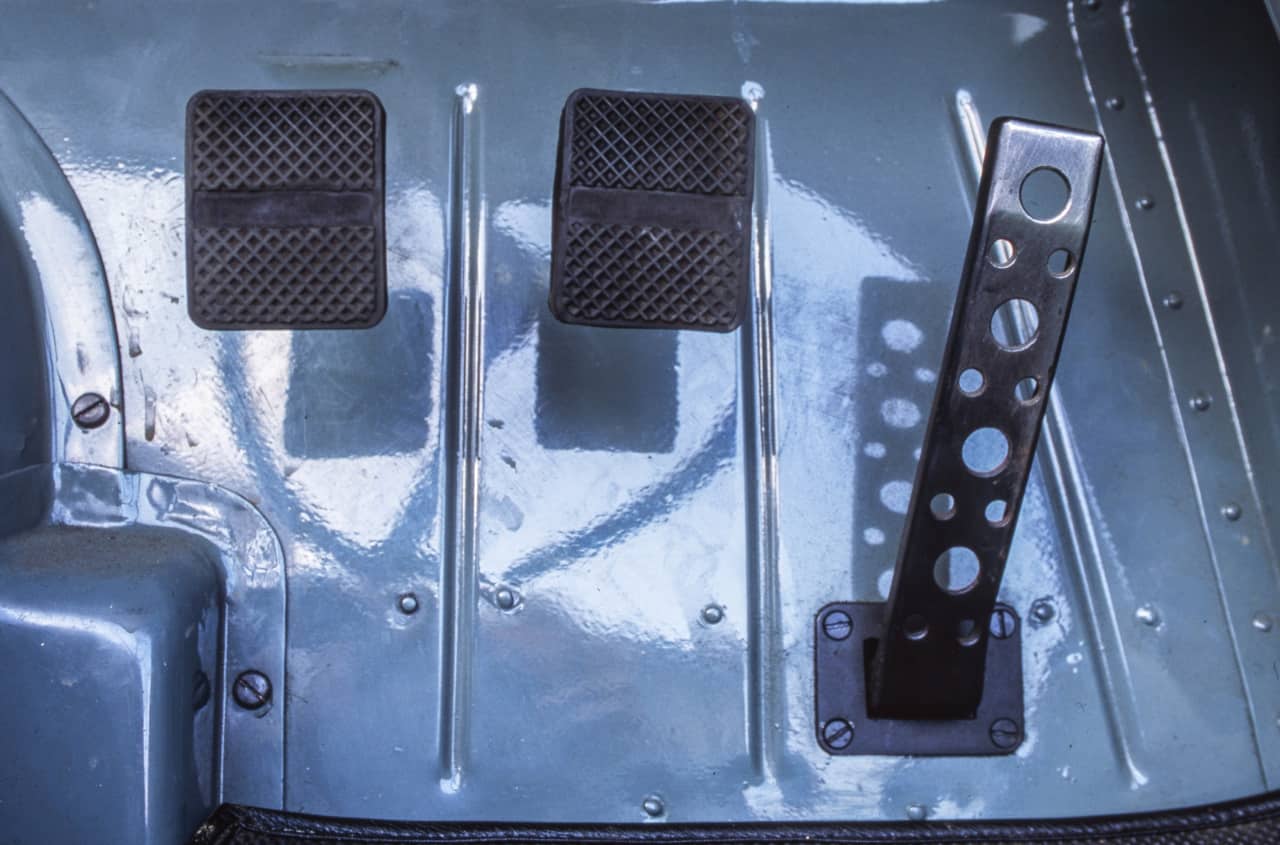
At the conclusion of the 1947 season, the very first 125 C effectively disappeared. After serving as a test mule, it was converted into a cycle-fendered sports-racer with a two-liter version of the 12. Following some races for the works team in 1948, it was sold to a customer. Much later, Ferrari brought the 125 C back to life as a showpiece, calling it the 125 S, built from scratch and bearing the number – 56 — of its first racing success in Rome.
“The twelve was an idée fixe with him,” Cortese recalled, “and one for which he was heavily criticized. But if he’d made a four, or a six or even an eight, Ferrari wouldn’t have enjoyed the great success he’s had.”


